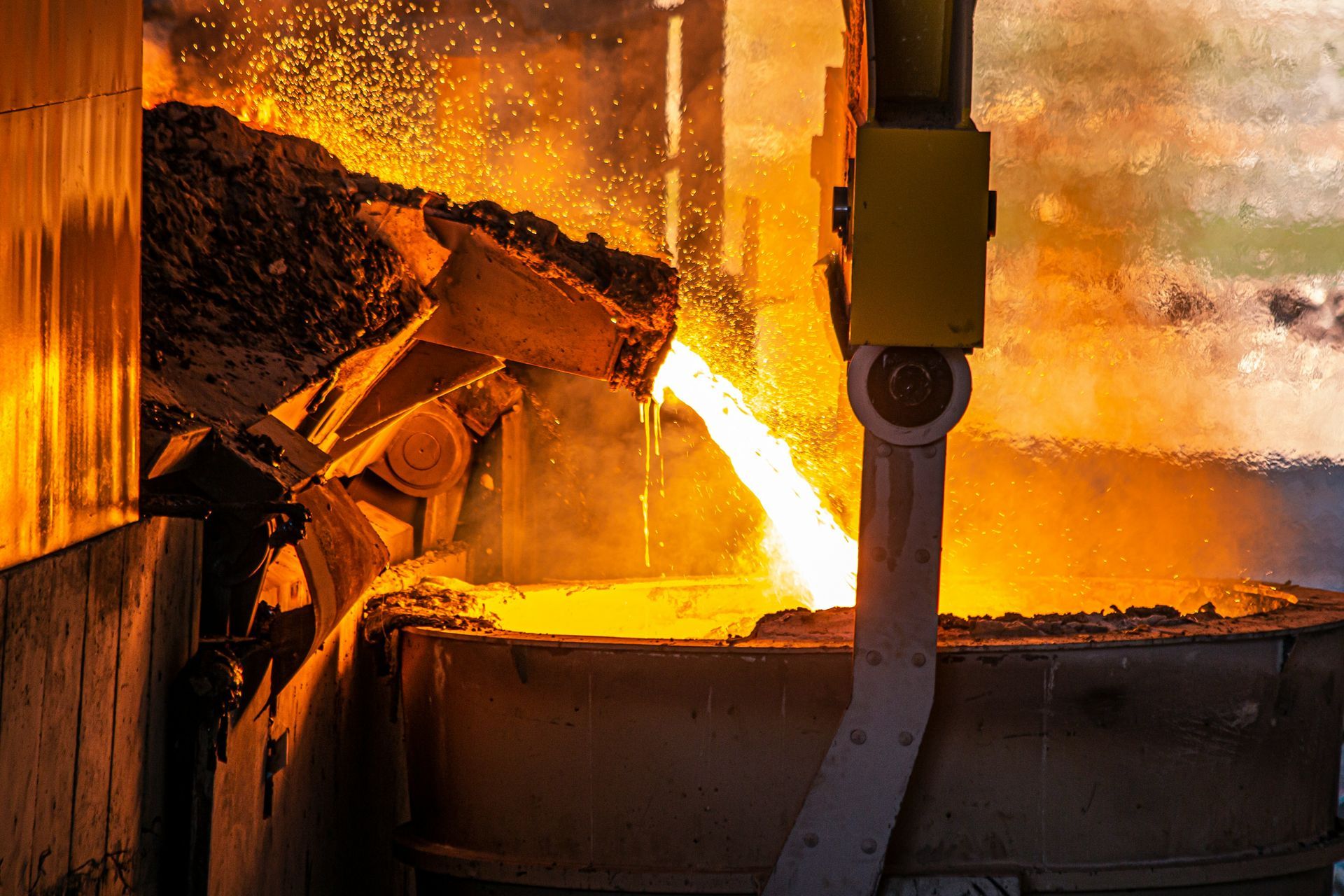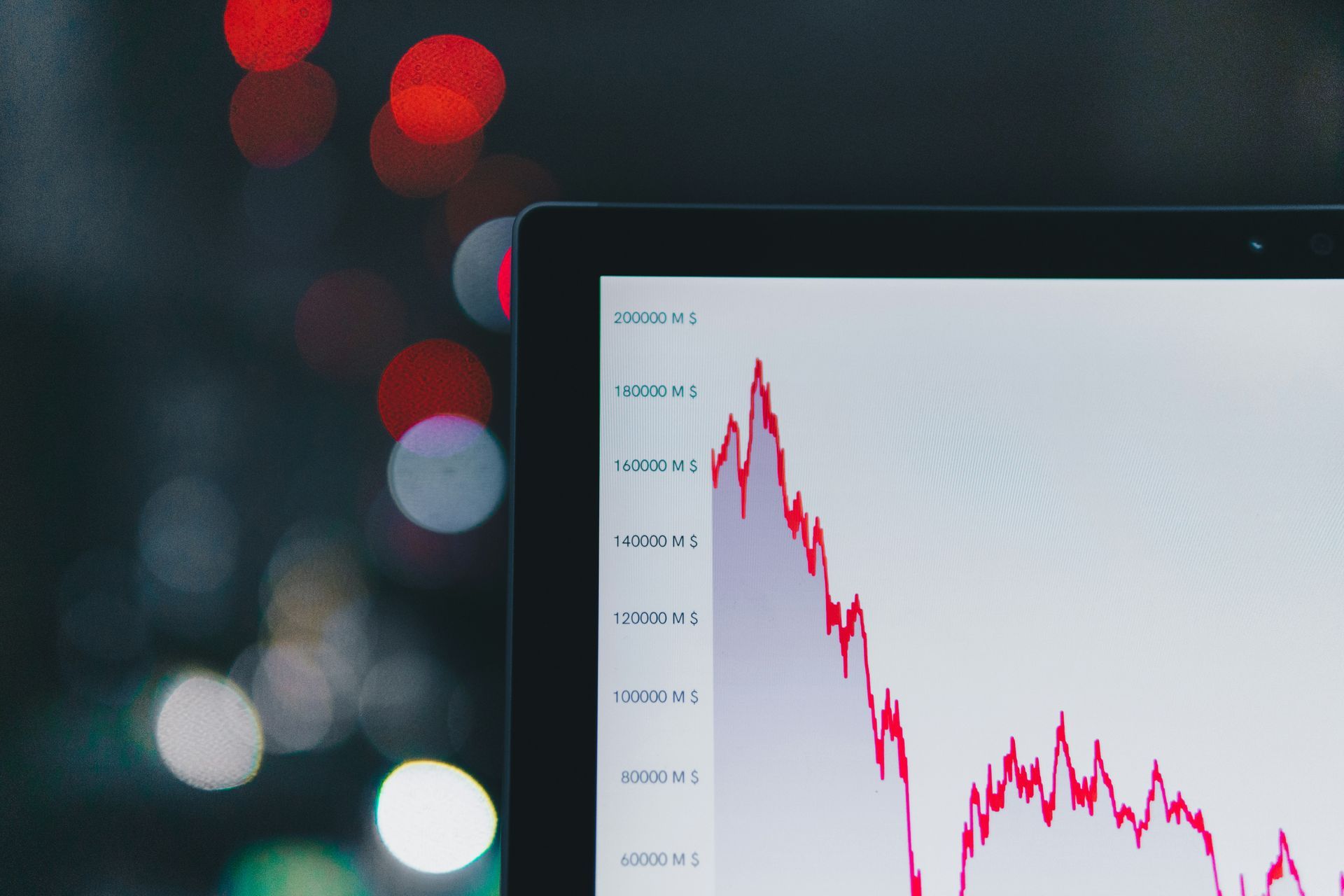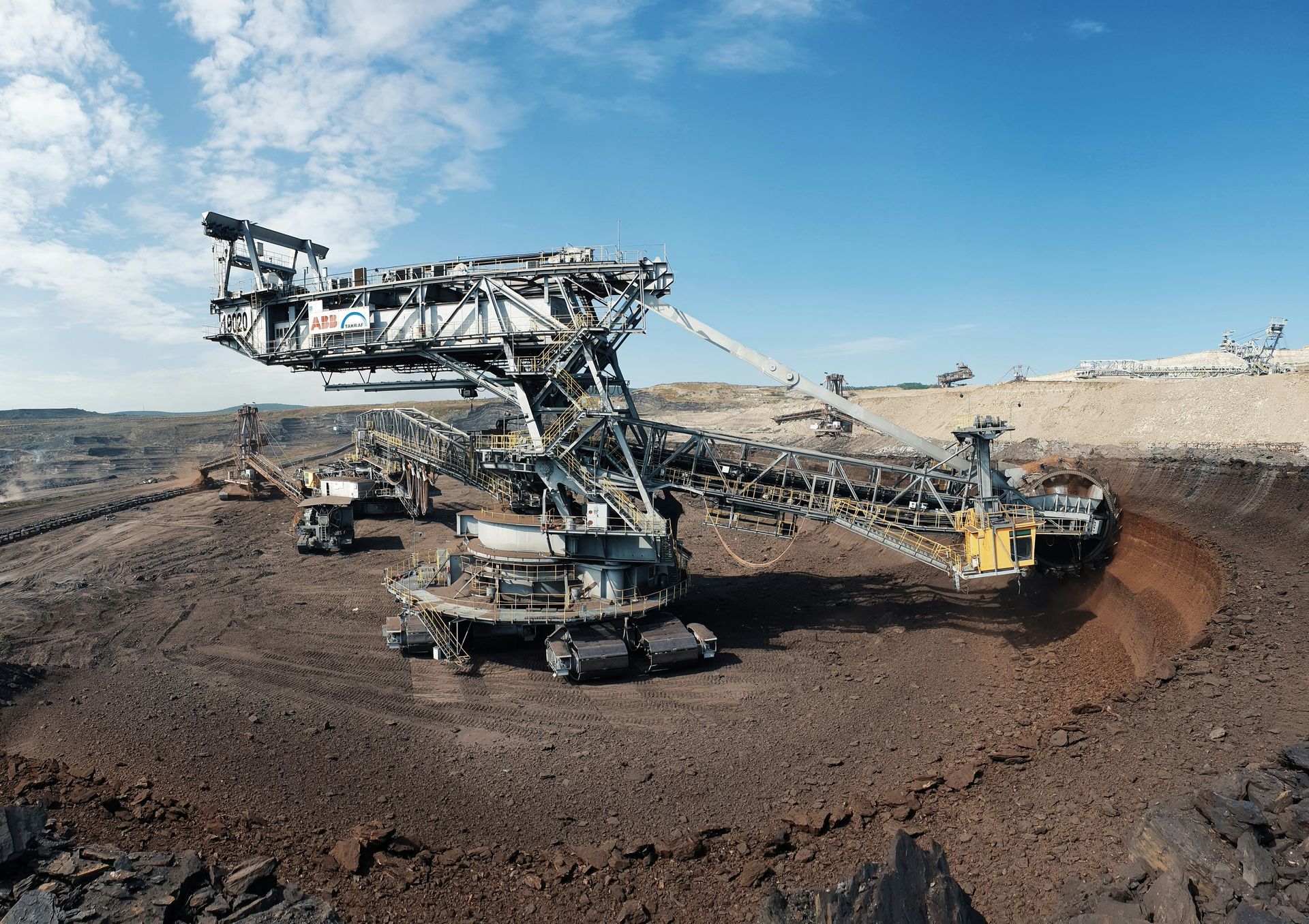Hidden links in the global steel supply chain
Steel is the backbone of modern infrastructure, but behind its strength lies a sad truth: the raw materials that feed the global steel industry are often extracted and processed in conditions that exploit the most vulnerable.

From state-imposed forced labor in China’s Xinjiang region to politically connected illegal mining in India and slavery-like conditions in Brazil’s charcoal industry, these abuses are not isolated incidents. They are embedded in supply chains that stretch from remote production sites to some of the world’s largest steel producers.
This investigation examines three recent and documented case studies — in China, India, and Brazil — that show how forced labor persists in the iron ore and steel supply chain, and how opaque commercial relationships allow it to reach global markets.
Case Study 1: China — Xinjiang’s state-organized forced labor
In the Xinjiang Uyghur Autonomous Region, the steel sector has become entwined with the state’s system of forced labor transfers targeting Uyghurs and other Muslim minorities. Xinjiang Bayi Iron & Steel Co., Ltd. was added to the U.S. Uyghur Forced Labor Prevention Act Entity List in October 2024 — the first steelmaker to be sanctioned under the law. U.S. authorities cited credible evidence that Bayi participates in state-run programs relocating Uyghurs to industrial work under coercive conditions.
Bayi operates within a regional network. Xinjiang Jinbao Mining Co., Ltd., Xinjiang Zijin Zinc Industry Co., Ltd., and Xinjiang Energy (Group) Real Estate Co., Ltd. have also been tied to labor transfer schemes. Research by the Australian Strategic Policy Institute found that at least 38 companies in Xinjiang’s mining, processing, and manufacturing sectors have engaged in such transfers. Their products move into national and global steel supply chains, often without transparent documentation, making it difficult for downstream buyers to detect their origin.
Case Study 2: India — Illegal iron ore mining and exploitative labor in Bellary
In southern India’s Karnataka state, the Obulapuram Mining Company (OMC), owned by former minister G. Janardhana Reddy and his brothers, was at the center of a massive illegal iron ore mining scandal. OMC and its affiliates — GJR Holdings, the Associated Mining Company, and others — were found to have encroached on protected land, manipulated mining leases, and exported ore illegally.
The company also promoted Brahmani Industries Limited, a steelmaking venture, and maintained documented business links with JSW Steel, one of India’s largest private producers. While JSW was not accused of labor violations, these connections illustrate how ore from illicit operations can feed into legitimate steelmaking. NGO and labor inspector reports indicate that mining in the region has relied on migrant workers in unsafe, unregulated conditions, with instances of child labor documented in smaller, informal operations.
Case Study 3: Brazil — Charcoal, pig iron, and slavery-like conditions
In northern Brazil, the steel industry’s supply chain often begins in rural charcoal camps. These camps fuel pig iron smelters — pig iron being a crucial intermediate in steelmaking — and have repeatedly been found by labor inspectors to operate under slavery-like conditions. Workers are frequently trapped in debt bondage, forced to live in squalid conditions, and prevented from leaving.
Cosipar (Companhia Siderúrgica do Pará) has been repeatedly named for sourcing charcoal from such camps. Other implicated companies include Viena Siderúrgica, Sidepar, and Usimar. Vale, Brazil’s largest mining company, severed supply relationships with Cosipar and Usimar after these abuses came to light. On the downstream end, Nucor Corporation, the largest steelmaker in the United States, faced shareholder pressure in 2010 over potential exposure to Brazilian forced labor. Nucor subsequently adopted supplier certification measures and began monitoring Brazil’s official “dirty list” of labor violators.
These case studies reveal a pattern: forced labor enters the steel supply chain upstream, in mining and raw material processing, and is then obscured by multiple layers of suppliers and intermediaries. This structure enables global steel markets to consume tainted materials while distancing final producers from direct accountability.



